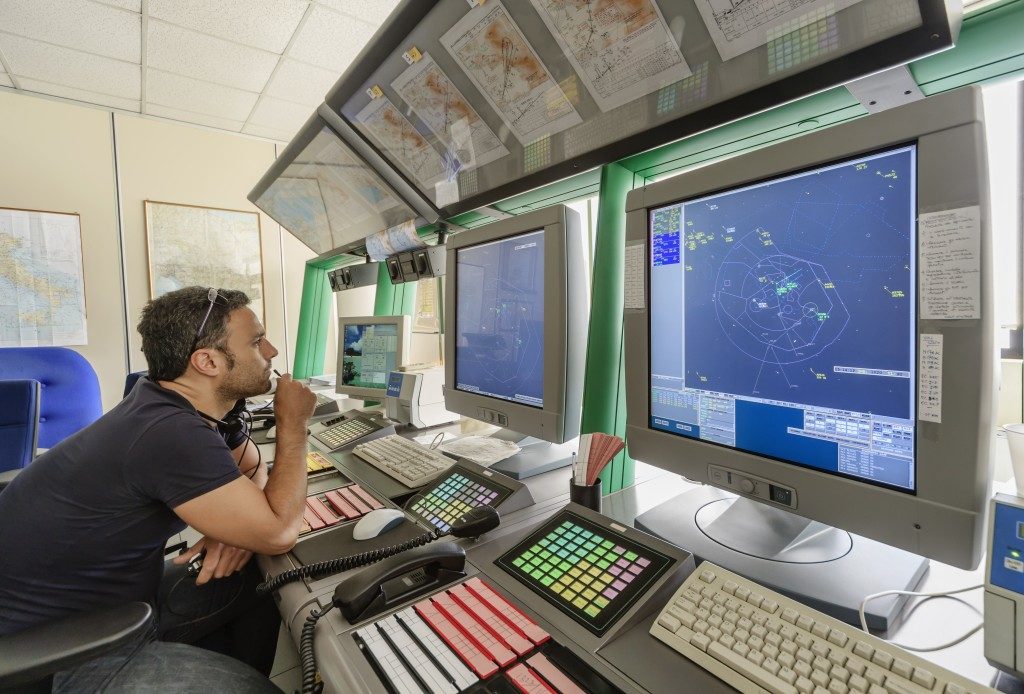SCADA is an acronym for supervisory control and data acquisition. This refers to software utilized to control hardware and gather data from remote devices. When broken down into essentials, one can better understand what SCADA is all about.
Most complex systems today are controlled by a specific type of software application program that controls processes, and SCADA is one of these types of software. It gathers real-time data from remote locations for it to gain control over the equipment and conditions. This software application is used in power plants, gas and oil refineries, transportation industry, telecommunications, water control, and waste control.
These systems are used to monitor and control a manufacturing plant’s operating system coming from a centralized location. SCADA involves a mode for communicating information between the host computer to various scattered units through the programmable logic controller. This type of system may vary from a simple temperature system installed in a building to a more complex monitoring system such as traffic lights. SCADA has major elements composed of these systems:
Master Station
This system is the data bank repository of real-time or near real-time data reported and collected from remote terminals connected to the master system. Basically, the master station uses standard computer hardware, but some uses specialized units depending on the requirements. The back end of the SCADA software should be able to repeatedly poll for data values. It should also have the software installed for retrieval, storage, and processing, including cataloging and unit conversion.
Human-machine Interface
The human-machine interface (HMI) is the command center that permits remote control of the devices. The values stored in the computer are accessed in a manner that is comprehensible by HMI. It is helpful in giving diagnostics as well as management information with detailed systems.
Remote Terminal Units

This system connects to a sensor in the process and converts sensor signals to digital data. The remote terminal units send out digital data to the master station through SCADA.
Common applications of SCADA programming include the following industries:
Electric Power Distribution and Transmission. Electric power plants utilize SCADA systems in detecting the flow of electricity and line voltages. They also monitor the circuit breaker operation and switches of parts of the grid.
Water and Sewage Treatment Systems. Most water treatment plants use SCADA systems to check and regulate the water flow, levels of the reservoir, pressure of the pipes, and other elements.
Buildings and Facilities. Various facilities employ this type of system to control their HVAC, lighting refrigeration units, and entry system.
Mass Transit and Traffic Signals. The transit department uses SCADA software to regulate subways, trolleys, trams, and bus power supply. It also helps authorities to automate signals for railways, locate and track buses or trains, and control railroad crossings. The system also allows for remote automation of traffic lights, traffic flow, and detection of broken or unserviceable signals.
Continuous development in a certain place calls for more sophisticated remote systems that will help keep everything flowing smoothly and hassle-free. These systems, including SCADA, may not be common to others, but the processes are far more common than what people know. It is in our daily traffic flow, logistics and tracking systems, gas and oil production industries, and more.











